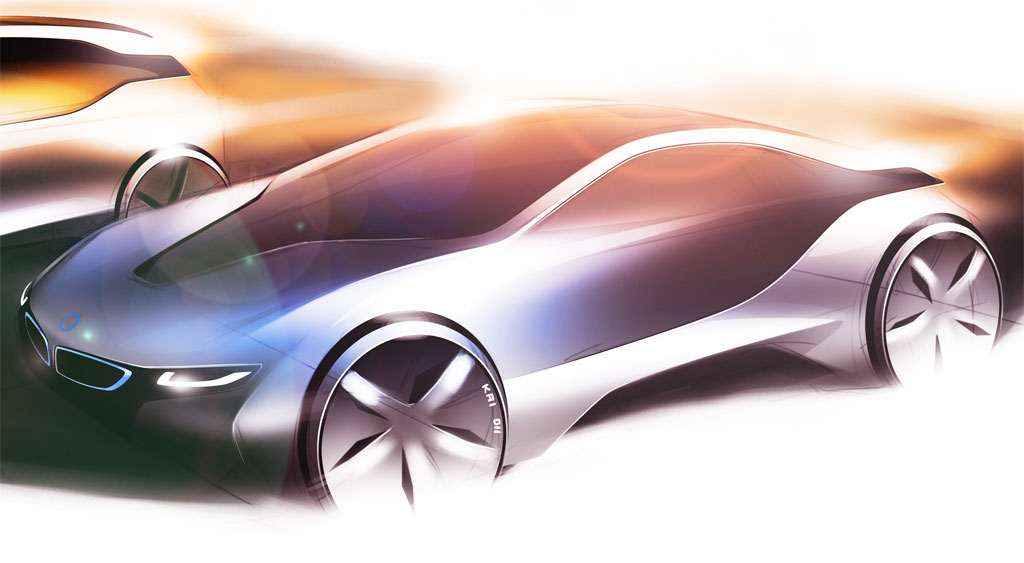BMW, recently, revealed two of its latest notions towards electric cars, newly released under the company’s new “i” brand in Germany. This is the first time in BMW’s production life that it has introduced electric or plug-in hybrids from scratch, instead of merely working around an existing model and substituting its gas engine for a motor, which runs on electricity. The two cars, introduced by BMW, have been branded as BMW i3 and BMW i8.
The BMW i3 is an electric car, created specifically with keeping a metropolitan surrounding in mind. Previously titled, the MegaCity Vehicle, its EV is supported by a 125 KW electric motor, offering a driving range of nearly 80 miles. The BMW i3 has tested to prove a 0-60 mph time of fewer than eight seconds, equivalent to that of other electric vehicles, currently, on the market. The cars top class charger attains, nearly, 80 percent battery charge within an hour.
To accomplish greater competency during its drive, BMW i3 makes use of the company’s famous LifeDrive design, providing a carbon passenger cell and lowering the weight of the car, down to a meager 2,755 pounds. Entry space for the back seats is increased by the carriage doors, used by 2+2. Initially, the BMW i3 was created as a wholesome EV, but the company has now released it with a new optional design, in the form of a range extender, the REx.
The REx is a tiny engine, which will, essentially, be required to charge the vehicles electric battery and lengthen its range. This option was introduced, after a discovery made by BMW’s Mini E pilot program, which found that majority of Mini E drivers preferred cars with greater range.
BMW’s i8 design was also disclosed to the public. This electric vehicle is a plug-in hybrid performance car, established on the Vision Efficient Dynamics model, which was debuted at the Frankfurt auto show, in 2009. Depending only upon its battery power and electric motor, this 2+2 can drive up to 20 miles on electricity alone before switching to its high-performance, 3 liter engine.


























































